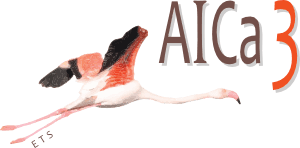We aimed to describe the natural history of cingulate muscular dystrophy type 2A and 2B over more than three decades considering muscle strength, motor, cardiac, and respiratory function. 428 visits of nineteen 2A and twenty 2B patients were retrospectively analyzed through a regression model to create evolution curves with disease duration of muscle strength (via Medical Research Council grading), motor function measurement scale (domains D1, D2, and D3), and cardiopulmonary function tests. Clinically relevant muscle and motor function alterations occurred after the first decade of disease, whereas mild respiratory function alterations began after the second, with preserved cardiac function. Although type 2A showed relatively stronger distal lower extremity muscles, whereas type 2B started relatively with stronger upper extremity muscles, the corresponding motor functions were similar, becoming severely impaired after 25 years of disease.
This was the longest retrospective study in types 2A and 2B. It defined disease evolution curves not only from a neuromuscular perspective, but also from a functional, cardiac, and respiratory perspective, to be used to assess how natural progression is modified by therapies.
Because of slow disease progression, time-sensitive endpoints could not be identified.

